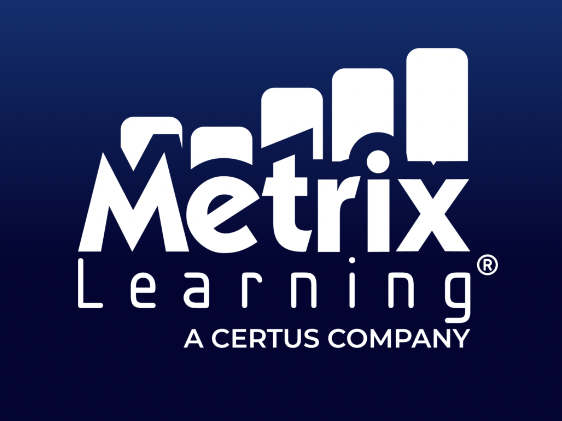4 Questions About Climate Change in California

California is the leading U.S. state in climate change efforts. On September 30, 2022, the CalAsian Chamber hosted a virtual Meet & Greet with California Air Resources Board (CARB) Chair, Liane Randolph. She chatted with attendees and explained CARB’s core mission to promote and protect public health by reducing air pollution while considering the effects on the economy. CARB is the lead agency for California’s climate change programs. Here are 4 questions that attendees asked, and here are Chair Randolph’s answers:
-
How are California’s air resources and air quality monitored, and what kind of granularity are they forecasted?
Accurately measuring air quality is the foundation of California’s efforts to reduce air pollution. For more than 50 years, California has maintained one of the most extensive air monitoring networks in the world, collecting data on a wide range of pollutants.
The California Ambient Air Monitoring Network consists of more than 250 monitoring stations operated by federal, State, and local agencies. The air monitoring data generated define the nature and severity of pollution in California, provide real-time air quality information, assess community exposure, and more. To find real time and historical air quality data by local air district, click here.
Additionally, the Pollution Mapping Tool includes emissions data for toxic air pollutants along with previously available criteria pollutants and greenhouse gases (GHG) from large facilities in California. The tool can be found here.
Community air monitoring, conducted under California Assembly Bill 617, is intended to generate data that will support action to reduce emissions and exposure. CARB has developed an online resource to provide an abridged compendium of information on air monitoring technologies and activities, and pertinent resources for developing effective community air monitoring programs. Click here.
CARB worked with NASA’s Jet Propulsion Laboratory (JPL) to conduct a large-scale statewide aerial methane survey. This first-of-its-kind survey utilized an imaging camera, called Airborne Visible InfraRed Imaging Spectrometer – Next Generation (AVIRIS-NG), capable of seeing methane to visually identify large methane plumes throughout the State. Information on this study can be found here. Additional information can be found on local air district websites.
-
What incentives are available to businesses to lease/purchase/or utilize EV modes of transportation for commuting and business travel within the city (electric vehicle cars, buses, e-scooters, etc)?
There are several resources available for identifying incentives, including the following:
– Electric for All: https://www.electricforall.org/rebates-incentives/
– Moving California: https://ww2.arb.ca.gov/sites/default/files/movingca/movingca.html
– CARB Incentives: https://ww2.arb.ca.gov/our-work/topics/incentives
– California Bicycle Coalition: https://www.calbike.org/bike_purchase_incentives/
– Guide to State & Local E-Bike Rebates and Tax Credits: https://www.juicedbikes.com/blogs/news/state-guide-electric-bike-rebate-and-tax-credit
– The Funding Wizard: https://fundingwizard.arb.ca.gov/we -
What information is available on charging large electric trucks? Do you plan to look back at specific regulatory costs to results?
There is a lot of information available on zero emission vehicle infrastructure for light, medium, and heavy-duty vehicles. Check out the resources available here.
As part of CARB’s rule-making process, the benefits and cost impacts to small businesses are included in the Initial Statement of Reasons. Following several workshops, the economic analysis is reviewed, revised, and presented in the Final Statement of Reasons. Some regulations and programs (e.g., California Climate Investment Program) do track costs and/or other metrics (e.g., tons of greenhouse gases reduced, jobs created, etc.) over a few years.
-
How can California small businesses help measure, track, and report emissions?
Small businesses can get involved in air monitoring activities through the Community Air Protection Program (AB 617). Check the map to find a nearby community and take a look at the community’s website (see the links on the left side of the webpage) for community engagement opportunities, emission reduction activities, implementation progress, and other resources.
Small businesses can also apply for a Community Air Grant. A workshop on the forthcoming solicitation for applications was held on October 20. The video recording of this workshop can be found by clicking here. Sign up for the mailing list by clicking here. The request for applications was released on December 5, 2022 and the applications are due March 3, 2023. Your local air district may also have opportunities for small businesses to participate in air monitoring activities.
More about CARB’s work
CARB actively works to:
- Set health-based air quality standards for vehicles, fuels, consumer products, and sources of toxic air contaminants.
- Develops and implement policies and rules to address greenhouse gas emissions.
CARB’s efforts this year have focused on moving away from fossil fuel combustion, including by:
- Continuing to establish regulations (e.g., Advanced Clean Cars II, Advanced Clean Trucks, Advanced Clean Fleets, etc.) to drive the transition to zero-emission cars and trucks;
- Setting a strategy to meet stringent federal air quality standards in the State Implementation Plan (SIP); and
- Developing the State’s climate action plan (2022 Scoping Plan) to achieve carbon neutrality by 2045 or sooner.
California has committed a record $54 billion to support the State’s transition to carbon neutrality, build resilience to climate change, and embed equity and economic opportunity across our climate investments. This includes a combined $10 billion over six years to accelerate the transition of the transportation sector to zero-emissions, with a focus on communities most impacted by pollution. In addition, the State is working to maximize California’s share of federal funding under the Infrastructure Investment and Jobs Act and the Inflation Reduction Act.
Share on Social Media
Recent Posts
Press Release: New Report Reveals Systemic Barriers Holding Back California’s Diverse-Owned Small Businesses
New Report Reveals Systemic Barriers Holding Back California's Diverse-Owned Small Businesses SACRAMENTO, CA (September 18, 2024) — A new research report commissioned by the California Asian Pacific…
September 18, 2024
Partner Spotlight: Metrix Learning
About Metrix Learning Metrix Learning stands at the forefront of online education solutions, dedicated to transforming the public workforce landscape. With a mission to cultivate purposeful…
September 16, 2024
Press Release: California and Sacramento Asian Pacific Chambers of Commerce Name New Vice President of Public Policy
CALIFORNIA AND SACRAMENTO ASIAN PACIFIC CHAMBERS OF COMMERCE NAME NEW VICE PRESIDENT OF PUBLIC POLICY SACRAMENTO, CALIF. (April 22, 2024) — The California and Sacramento Asian Pacific Chamber of…
April 22, 2024



